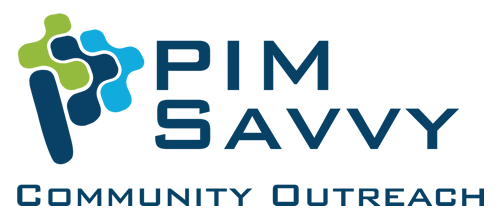Ergonomics is the science of how movement and efficiency in the workplace can help keep workers safe and increase productivity. Washington State Department of Labor and Industries (L&I) emphasizes numerous ergonomics techniques to help employees reduce aches and pains and prevent serious repetitive strain injuries. The most common type of work-related injury in Washington State is “sprains and strains.”
L&I has developed a 5-step Ergonomics Process to help find and fix sprain and strain hazards. Please see 5-Step Ergonomics Process.
Step 1 is to involve employees. Employees are experts in their field and will know the ins and outs of their job the best. Talk to employees to identify what hazards and problems exist and then proceed to train them on solutions and prevention techniques.
Step 2 is to find any existing hazards and potential hazards in the workplace. First, complete a walk-through of the establishment and take note of all the different items, equipment or processes that could create a hazard or are currently generating hazards. Second, analyze employees work movements and be aware of everyday tasks such as lifting, pushing, pulling, bending, reaching, or twisting which could cause injury or pain to an employee’s muscles and/or body.
Step 3 is to assess hazards. Determine the priority and significance of each hazard. If a hazard requires immediate attention, address this hazard first. Also be sure to correct any simple and obvious hazards right away since the solution shouldn’t be complicated and employees will benefit from the fix instantly.
Step 4 is to fix hazards identified in Step 2. Work as a team with your employees and the safety committee to discuss, analyze and determine the best solutions for the hazards identified. L&I created an Ergonomics Ideas Bank to help companies find effective solutions to common types of hazards. Businesses should also be proactive and ask vendors to test tools and equipment on a trial basis to ensure the items are working as intended. For any costly or significant changes such as facility changes or purchasing new equipment, L&I recommends devising a cost-benefit analysis.
Step 5 is to check for success. Determine if the steps taken have improved current work situations/environments and prevented future injuries. If any solution fails to reduce the risk of injury, repeat Steps 4 and 5 until a successful outcome is found. Always double check no new hazards or problems were created after an adjustment or solution was put into action. Lastly, be sure to re-evaluate any and all hazards on a regular basis so all safety standards are continuously met.
L&I offers free ergonomics consultations. These services help companies evaluate jobs for potential problems, recommend practical and proven solutions and provide ergonomics training. L&I is committed to assisting businesses become safer and more productive. Please see Ergonomics Consultations or contact them directly at Ergonomics@Lni.wa.gov or 360-902-5450.
Do you have questions about ergonomics, or anything else L&I related? PIM Savvy is ready to help you with these and other topics individually over the phone, via online meetings, or in person at one of our virtual workshops. We have safety and labor expertise to share with you and we can connect you with L&I. Call or text our workplace safety info line at 206-565-2961. Not only that, in partnership with L&I, these services are FREE to you!
![]()

